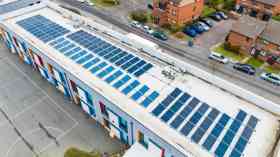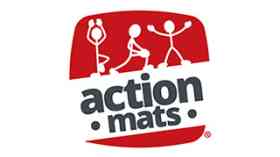Action Mats create resources for primary and early years children focussing on movement skills and active learning.
Supplier Focus
Latest Supplier News
Borg & Overström is a UK manufacturer of premium drinking water solutions. For over 20 years Borg & Overström has developed sustainable, bottle-less, hygienic, drinking water dispensers with the aim to provide exceptional, safe, self-service drinking water into schools, universities, workplaces and communal spaces.

 School sports have been thrust into the spotlight as a result of the success of London 2012 and an announcement by Prime Minister David Cameron that competitive team sports within schools will be made compulsory for all primary school children.
School sports have been thrust into the spotlight as a result of the success of London 2012 and an announcement by Prime Minister David Cameron that competitive team sports within schools will be made compulsory for all primary school children.








